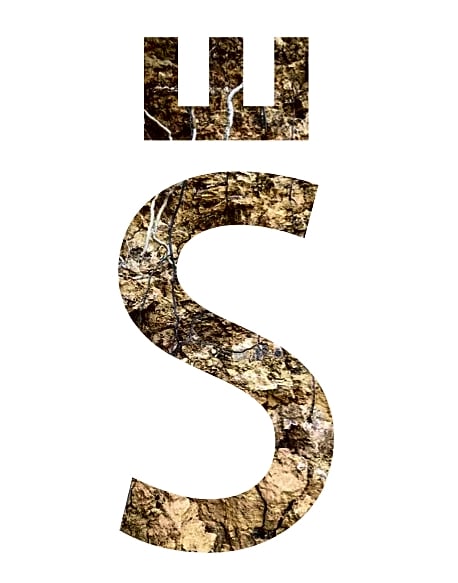Add to list
Print / Download

Essentials
Region
Serbia
Appellation
Fruška Gora
Grapes
Furmint
Soil
Limestone
Facts
Practicing organic, Practicing biodynamic, No added SO2, Unfiltered, Skin-contact (macerated/orange), Native yeast, Unfined, Hand harvest
ABV
14.3 %
Residual Sugar
1.3 g/L
Sulfite Level
10.8 mg/L
Total Acidity
5.9 g/L
Production (Bottles)
N/A
The vineyard
Matej
Exposure
South and Southeast
Age of the wines
5 years
Altitude
130-220 meters
Size
N/A
The cellar
Spontaneous fermentation with the skins, without temperature control and spontaneous malolactic fermentation.
Vessel
Neutral oak, Acacia
Elevage
Battonage for a year, then aged for another 2 years on fine lees in oak and Serbian acacia barrels. Nothing added or taken out.
Type of closure
natural cork
A deep and intense macerated white wine, with high acidity, relatively powerful and rich. Decanting is advised to open up the wine and stretch the aromas and flavors. Acidity and richness will hold to spices in food.
Furmint used to be one of the noble grapes in the old Austro-Hungarian Empire, but today is mostly known for the sweet wines from Tokaj, Hungary, becauase of its susceptibility to botrytis . However, as of late, more and more people are producing dry versions of the grape, in Tokaj, as well as in regions of the former empire.
Most of the dry versions are white wines. Due to Furmint's naturally high acidity, most growers believe that tannins are unnecessary and would make the wine astringent, and it becomes especially complicated if botrytis affects the skins. While this might be true in cooler places, Baša's amphitheater-shaped Matej vineyard is unique in its microclimate as it gets pretty warm during the long days of the growing season. Hence, this allows Baša to pick grapes that are fully ripe, yet free of botrytis. The result is a wine with classy, ripe tannins, bright acidity and a full spectrum of aromas and flavors.
Tasting notes David Hatzopoulos:
Dynamic. Precise.
A deep lemon in color. The nose is savory and earthy, with yellow citrus and herbs. Flavors of apple and pear, woodsy pine, and a mineral zap that lightens the palate. High acid with a roundness in the mouth, nimble but formidable
A deep and intense macerated white wine, with high acidity, relatively powerful and rich. Decanting is advised to open up the wine and stretch the aromas and flavors. Acidity and richness will hold to spices in food.
Furmint used to be one of the noble grapes in the old Austro-Hungarian Empire, but today is mostly known for the sweet wines from Tokaj, Hungary, becauase of its susceptibility to botrytis . However, as of late, more and more people are producing dry versions of the grape, in Tokaj, as well as in regions of the former empire.
Most of the dry versions are white wines. Due to Furmint's naturally high acidity, most growers believe that tannins are unnecessary and would make the wine astringent, and it becomes especially complicated if botrytis affects the skins. While this might be true in cooler places, Baša's amphitheater-shaped Matej vineyard is unique in its microclimate as it gets pretty warm during the long days of the growing season. Hence, this allows Baša to pick grapes that are fully ripe, yet free of botrytis. The result is a wine with classy, ripe tannins, bright acidity and a full spectrum of aromas and flavors.
Tasting notes David Hatzopoulos:
Dynamic. Precise.
A deep lemon in color. The nose is savory and earthy, with yellow citrus and herbs. Flavors of apple and pear, woodsy pine, and a mineral zap that lightens the palate. High acid with a roundness in the mouth, nimble but formidable
About Baša Vino
Bojan Baša started his wine estate as a hobby back in 2010 when he planted his first vineyard entirely with Pinot Grigio . Today , his estate spans over 5 . 5 hectares (13 . 5 acres) . Baša’s winemaking approach is very minimalist , as he likes to focus on vineyard work for quality . He implements organic/biodynamic principles , supporting the high biodiversity in and around the vineyards . Apart from Pinot Grigio , he has also planted indigenous varieties from the region , such as Tamjanika , Furmint , Morava , Grašac Beli (Welschriesling) , and Prokupac . Looking ahead , he plans to plant a few more native varieties from the area , like Sremska Zelenika , Lipolist (Hárslevelű) , Medenac Beli , Bakator ...

